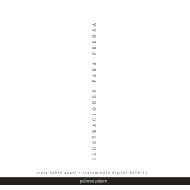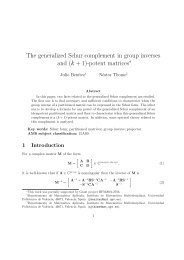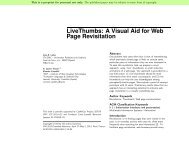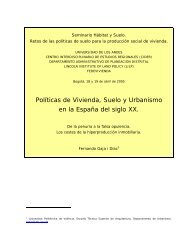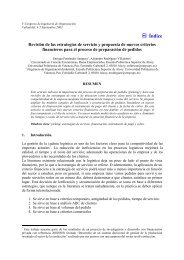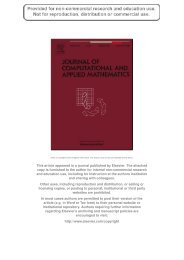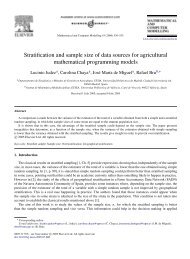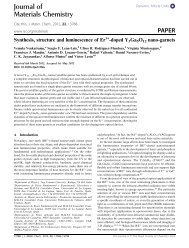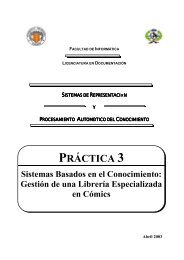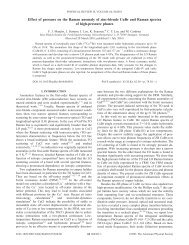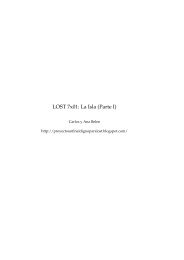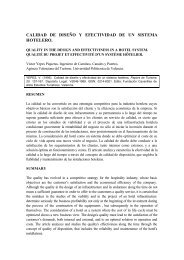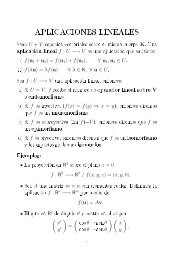Introduction to the resistivity surveying method. The resistivity of ...
Introduction to the resistivity surveying method. The resistivity of ...
Introduction to the resistivity surveying method. The resistivity of ...
Create successful ePaper yourself
Turn your PDF publications into a flip-book with our unique Google optimized e-Paper software.
37<br />
sediment samples. <strong>The</strong> lower <strong>resistivity</strong> materials are possibly more coherent sediments<br />
(possibly sand with silt/clay), whereas <strong>the</strong> higher <strong>resistivity</strong> areas might be coarser and less<br />
coherent materials.<br />
Shallow seismic reflection surveys are frequently used in rivers/lakes/marine<br />
environments for engineering site surveys. A mobile <strong>resistivity</strong> survey might be a useful<br />
addition in some situations, such as in seismically opaque areas. In <strong>the</strong>ory, both surveys can<br />
be carried out simultaneously <strong>to</strong> reduce costs.<br />
Besides <strong>the</strong>se examples, 2-D imaging surveys have been carried for many o<strong>the</strong>r<br />
purposes such as detecting leakage <strong>of</strong> pollutants from landfill sites, areas with undulating<br />
limes<strong>to</strong>ne bedrock, mapping <strong>of</strong> <strong>the</strong> overburden thickness over bedrock, leakage <strong>of</strong> water from<br />
dams, and <strong>the</strong> saline water intrusion in coastal aquifers. <strong>The</strong> <strong>resistivity</strong> imaging <strong>method</strong> has<br />
also been used in underwater surveys in lakes and dams.<br />
Copyright (1999-2001) M.H.Loke



